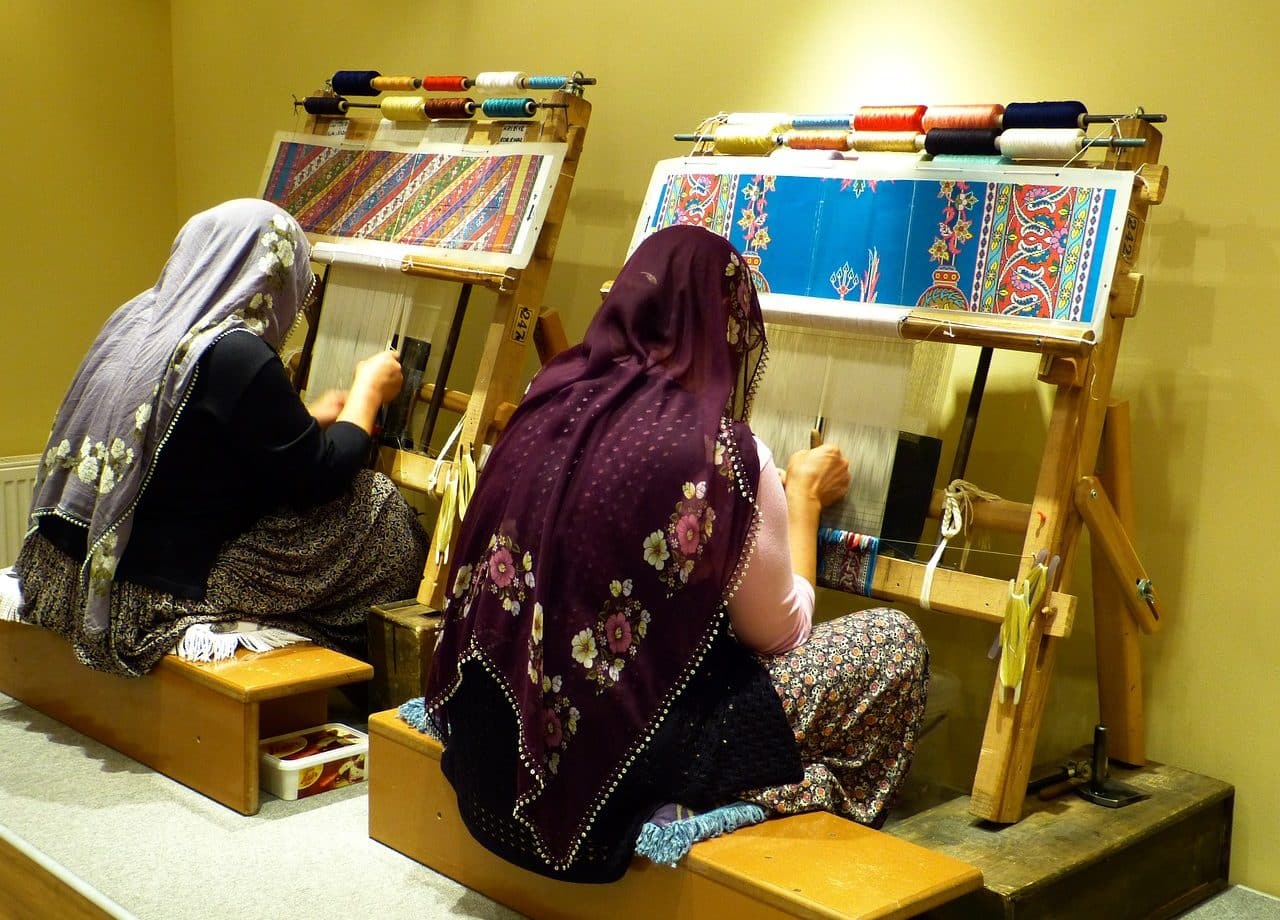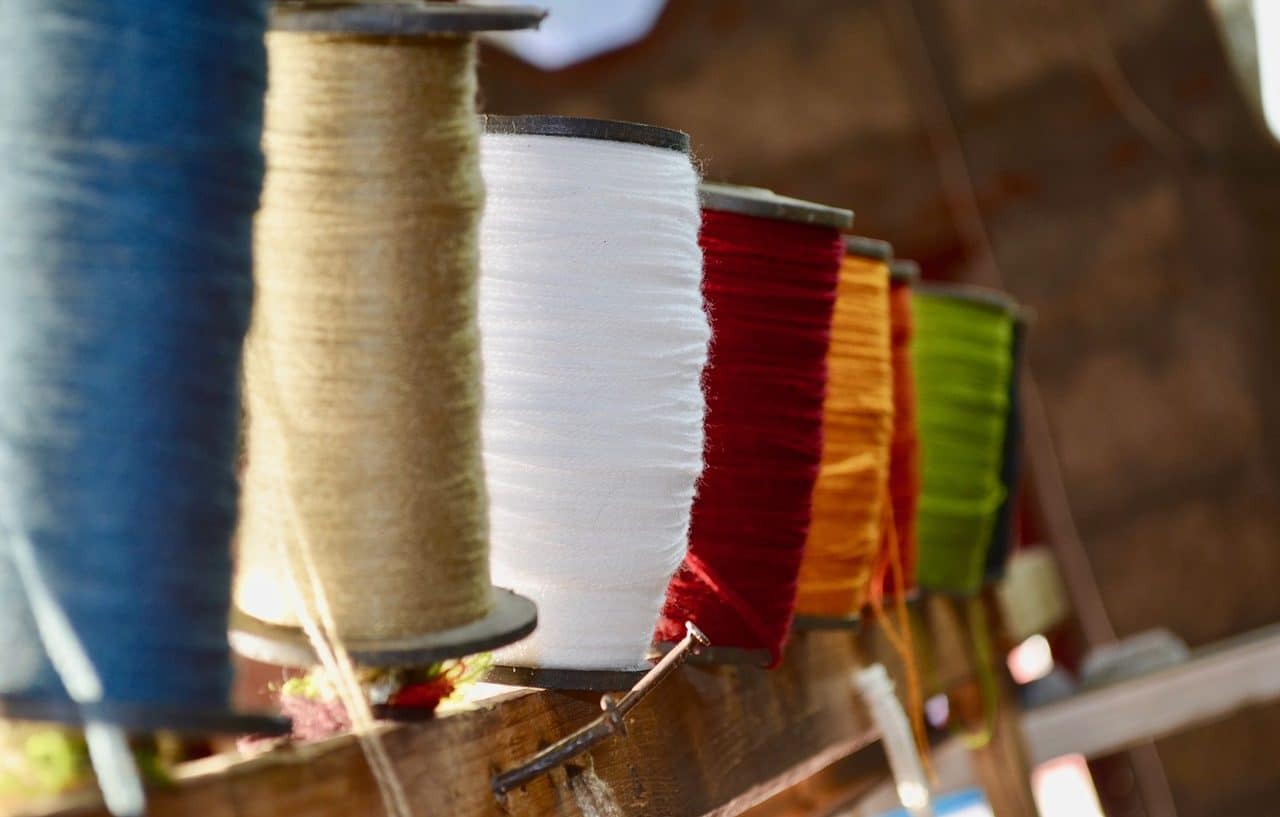
A tapestry is a work of art woven with threads.
A tapestry is an artistic work that is woven with silk, wool or other material threads. The result is similar to a painted picture.
Before moving forward, it is important to indicate that the term comes from the Greek word tapes , which can be translated as “ carpet ” or “blanket” and which in Latin became tapete .
To reproduce people, animals, landscapes or other figures in a tapestry, threads of different colors are used. In this way, the figures visually stand out from the rest of the tapestry based on this difference in tones. In some cases, however, tapestries include reliefs .
The tapestry throughout history
Initially, tapestries did not have aesthetic, decorative or artistic purposes, but were hung on the walls to minimize cold radiation and increase the thermal sensation in an environment. In these cases, the tapestries resembled curtains or, if placed on the floor, carpets .
Little by little, the tapestries began to add other values and were transformed into decorative and artistic objects . Materials such as silver and gold even began to be used to make them. Tapestries began to cover and decorate furniture and then to hang on the walls.

The combination of colored threads allows you to develop a tapestry.
Classification according to type
It is possible to distinguish between low-hedged tapestries and high-hedged tapestries .
Low-hedged tapestries show a horizontal arrangement, while high-hedged weaves involve placing the warp in a vertical position. These characteristics make high heddle tapestries have a superior quality .
The tapestry in art
It should be noted that great painters such as Francisco de Goya and Rafael Sanzio created various series of tapestry cartoons , which were models that were used for the subsequent making of a tapestry.
As we have mentioned, over the years the tapestries almost passed into the category of works of art that today, in many monuments and emblematic places around the world, we can still see in situ and marvel at their beauty. Thus, for example, we can establish that in the Royal Palace of Madrid there is what is considered the best collection of tapestries on the entire planet, in which you can find everything from some that were made from Goya cartoons to other projects in Brussels during the 16th century .
Those by the aforementioned artist were developed at the Royal Tapestry Factory in the Spanish capital, which was inaugurated in the 18th century by Philip V and which has become a reference as a creator of luxury objects.
In the same way, we cannot ignore that another of the most important spaces where there are spectacular tapestries is in the Sistine Chapel . In it, tapestries made from sketches and cartoons made by the great artist Rafael remain in perfect condition. Specifically, there are four that show different scenes collected in the Old Testament .
